Home>Dining>Table Decor>How To Ship Floral Arrangements
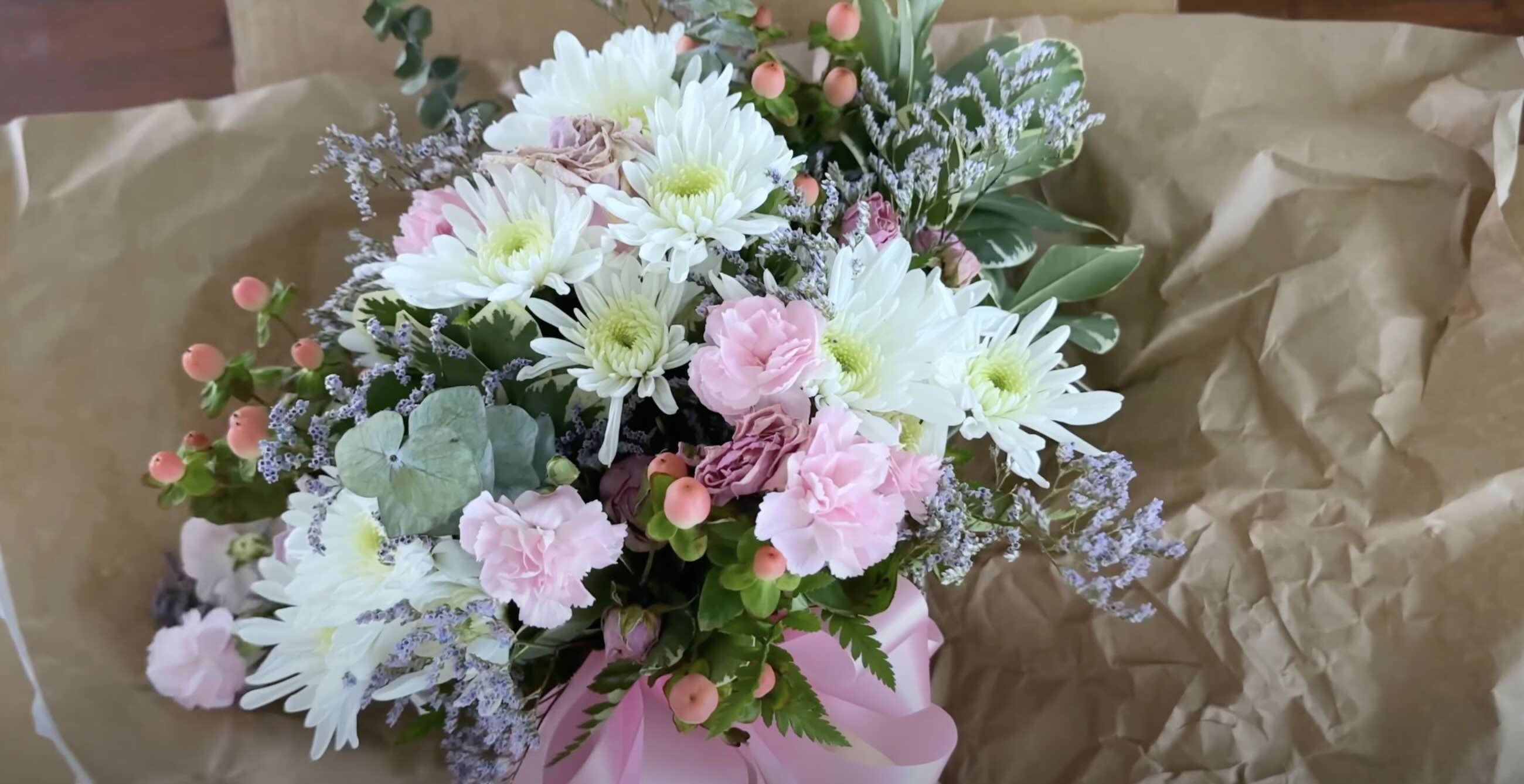

Table Decor
How To Ship Floral Arrangements
Modified: January 6, 2024
Learn how to properly ship floral arrangements with our step-by-step guide. From packaging to handling delicate table decor, we've got you covered!
(Many of the links in this article redirect to a specific reviewed product. Your purchase of these products through affiliate links helps to generate commission for Storables.com, at no extra cost. Learn more)
Introduction
Shipping floral arrangements can be a delicate process, requiring special care and attention to ensure that the flowers arrive at their destination in perfect condition. Whether you’re sending a bouquet to a loved one or shipping flower arrangements for a special event, it’s important to follow proper packaging and handling techniques to preserve the beauty and freshness of the flowers throughout the journey.
In this guide, we will walk you through the steps of how to ship floral arrangements, from choosing the right packaging materials to tracking and monitoring the shipment. By following these tips, you can ensure that your flowers arrive safely and maintain their vibrant appearance, no matter how far they need to travel.
So, let’s dive in and discover the best practices for shipping floral arrangements!
Key Takeaways:
- Ensure the safe arrival of floral arrangements by choosing sturdy boxes, hydrating flowers, and adding protective wrapping. Proper labeling and tracking help address potential shipping issues for a smooth delivery process.
- Selecting the right packaging materials and shipping method, along with proactive tracking and addressing shipping issues, ensures the safe and beautiful arrival of floral arrangements to their recipients.
Read more: How To Arrange Ikebana Floral Arrangements
Choosing the Right Packaging Materials
When it comes to shipping floral arrangements, the choice of packaging materials is critical in ensuring the safety and freshness of the flowers. Here are some essential materials to consider:
- Boxes: Select sturdy, corrugated boxes that are the appropriate size for your floral arrangement. Avoid using boxes that are too large, as this can lead to shifting and potential damage during transit.
- Inner containers: Use plastic or glass vases or containers with water tubes to hold the stems of the flowers securely and keep them hydrated. This will help to preserve their freshness during the shipping process.
- Bubble wrap: Wrap delicate and fragile flowers individually with bubble wrap to protect them from impact during transit. This will prevent petals from getting bruised or crushed.
- Tissue paper or foam: Use tissue paper or foam to create a cushioning layer around the floral arrangement. This will provide additional protection during handling and prevent the flowers from shifting too much inside the box.
- Green moss or floral foam: For arrangements with loose stems, use green moss or floral foam to anchor the flowers in place. This will help to maintain their arrangement and prevent any movement during shipping.
- Packing tape: Secure the packaging by using strong packing tape to seal the box. Make sure to reinforce the bottom and sides to prevent the box from opening or collapsing during transit.
- Labels and markers: Clearly label the package as “Fragile” and include any handling instructions for the carrier. Use waterproof markers to write on the label or box to ensure visibility throughout the shipping process.
By choosing the right packaging materials, you can provide adequate protection and support for your floral arrangements, minimizing the chances of damage and ensuring their safe arrival.
Preparing the Floral Arrangement
Before you begin packaging the floral arrangement, it’s important to properly prepare the flowers to ensure their longevity and freshness during transit. Here are some steps to follow:
- Trim and hydrate: Trim the stems of the flowers at an angle to allow for better water absorption. Place the flowers in a bucket of water mixed with flower food and let them hydrate for a few hours before arranging.
- Remove excess foliage: Remove any excess leaves or foliage that will be below the water level in the inner container. This will prevent bacterial growth and keep the water clean.
- Arrange in water tubes: For individual stems or small bouquets, insert the ends of the stems into water tubes or vials filled with water. This will keep the flowers hydrated throughout the shipping process.
- Secure loose stems: If the flowers have loose stems, use floral tape to bind them together gently. This will help maintain the arrangement and prevent any movement during transit.
- Consider temperature: If the flowers are sensitive to temperature, such as tropical flowers or delicate blooms, consider using insulated packaging or including gel packs to regulate the temperature during transit.
By taking these steps to prepare the floral arrangement, you can ensure that the flowers are in optimal condition before packaging them for shipping. This will help to extend their lifespan and enhance their appearance upon arrival.
Securing the Flowers in the Box
Ensuring that the floral arrangement is securely packed inside the box is essential to prevent any shifting or damage during transit. Here are some steps to follow when securing the flowers:
- Place the inner container: Insert the inner container, such as a plastic or glass vase, into the box and position it securely. Make sure it is centered and stable to avoid movement during shipping.
- Secure the stems: Gently place the flower stems into the inner container, ensuring that they are well-arranged and not overcrowded. If needed, use green moss, floral foam, or tissue paper to provide stability and prevent toppling.
- Wrap the inner container: Wrap the inner container with bubble wrap or tissue paper to provide an extra layer of protection. This will help cushion the flowers and prevent them from bumping against the sides of the box.
- Fill empty spaces: Fill any empty spaces inside the box with packing material, such as crumpled paper or foam peanuts. This will prevent the inner container from shifting and help maintain the arrangement during transit.
- Check for movement: Gently shake the box to ensure that the flowers and inner container are secure. If there is any movement, add more packing material or adjust the arrangement until everything is snug and stable inside the box.
By taking the time to properly secure the floral arrangement inside the box, you can minimize the risk of damage and ensure that the flowers remain intact and beautifully arranged throughout the shipping process.
Adding Protective Wrapping and Fillers
In addition to securing the flowers in the box, adding protective wrapping and fillers can provide an extra layer of cushioning and stability during transit. Here are some techniques to consider:
- Bubble wrap: Wrap the entire floral arrangement with bubble wrap, making sure to cover all sides and secure it with tape. This will provide protection against impact and help maintain the shape and integrity of the arrangement.
- Tissue paper or fabric: Wrap the bubble-wrapped arrangement with tissue paper or fabric to add an aesthetically pleasing layer of protection. Arrange the paper or fabric to ensure that delicate flowers and foliage are well-covered.
- Fillers: To prevent the arrangement from shifting and keep the flowers in place, consider using protective fillers such as shredded paper or foam peanuts. Fill any gaps between the arrangement and the box walls with these materials to provide additional stability.
- Waterproof bag: If your floral arrangement includes water-filled tubes or vials, place them in a waterproof bag before wrapping. This will prevent any leakage that could damage the packaging materials and affect the overall presentation of the arrangement.
Adding these protective wrapping and filler materials not only safeguards the flowers from potential damage during transit but also enhances the overall appearance of the package. It shows that extra care has been taken to ensure that the recipient receives a beautifully presented floral arrangement.
Read more: What Are Floral Arrangements
Labeling and Marking the Package
Properly labeling and marking the package is crucial to ensure that it receives the necessary attention and care during shipping. Here are some tips to follow when labeling and marking the floral arrangement package:
- Recipient information: Clearly write the recipient’s name, address, and contact information on the package. Ensure that the information is accurate and legible to avoid any delivery complications.
- Sender information: Include your own name and contact information as the sender, in case there are any questions or issues with the shipment.
- Fragile label: Place a “Fragile” label prominently on the package to alert handlers that the contents are delicate and require careful handling. You can also use other labels that indicate the perishable nature of the flowers, such as “Perishable – Handle with Care.”
- Handling instructions: If there are any specific handling instructions, such as “Keep upright” or “Do not expose to extreme temperatures,” include those on the package as well. This ensures that carriers handle the package appropriately to prevent damage to the flowers.
- Waterproof markers: Use waterproof markers to write the labels and instructions on the package. This ensures that the markings remain visible even if the package gets wet or encounters moisture during transit.
By properly labeling and marking the package, you communicate important information to the carrier and help ensure that the floral arrangement receives the necessary care and attention throughout its journey.
When shipping floral arrangements, use a sturdy box with plenty of cushioning to protect the flowers. Consider using a water source, such as a wet paper towel or floral foam, to keep the flowers hydrated during transit.
Selecting the Shipping Method
Choosing the right shipping method is crucial to ensure the timely and safe delivery of your floral arrangement. Consider the following factors when selecting the shipping method:
- Delivery timeframe: Determine the desired delivery timeframe for your floral arrangement. If you need it to arrive quickly, opt for express or expedited shipping options. Standard shipping may be suitable for non-urgent deliveries.
- Distance and destination: Take into account the distance and the destination of your shipment. If you are shipping locally or nationally, ground shipping may be sufficient. For international shipments, consider air freight for faster delivery.
- Service reliability: Research the reliability and reputation of the shipping carrier. Read reviews and check their track record in handling fragile items and perishable goods.
- Package tracking: Look for shipping options that offer detailed package tracking. This allows you and the recipient to monitor the progress of the shipment and anticipate its arrival.
- Insurance: Consider if you want to purchase shipping insurance to protect your floral arrangement against loss or damage during transit. Some carriers offer additional coverage options for fragile items.
- Shipping regulations: Ensure that your chosen shipping method complies with any applicable shipping regulations, such as restrictions on certain types of flowers or plant materials.
By carefully considering these factors, you can select the most suitable shipping method that meets your specific needs and provides peace of mind regarding the safe and reliable delivery of your floral arrangement.
Booking the Shipment
Once you have selected the appropriate shipping method, it’s time to book the shipment for your floral arrangement. Follow these steps to ensure a smooth booking process:
- Choose a shipping carrier: Select a reputable shipping carrier that offers the desired shipping method and meets your specific requirements for delivery timeframe, destination, and package tracking.
- Provide shipment details: Gather all necessary information, including the recipient’s address, contact information, and any special handling instructions. Ensure that the details are accurate and complete to avoid any delivery complications.
- Package dimensions and weight: Measure the dimensions of the packaged floral arrangement and estimate its weight. Provide these details to the shipping carrier, as they will determine the shipping cost and ensure proper handling.
- Choose additional services: Consider any additional services you may need, such as signature confirmation upon delivery or insurance coverage for the package. Communicate these requirements to the shipping carrier and inquire about any additional charges.
- Obtain a shipping quote: Request a shipping quote from the carrier based on the provided information. Compare the rates and services offered by different carriers to ensure you are getting the best value for your shipment.
- Book the shipment: Once you have selected the carrier and confirmed the details, proceed to book the shipment. Provide the necessary information, pay any applicable fees, and obtain a shipping label or tracking number for reference.
It’s important to book the shipment well in advance, especially for time-sensitive deliveries or during busy holiday seasons. This allows for sufficient processing time and ensures that the floral arrangement will be dispatched on schedule.
Lastly, remember to retain the shipping receipt and any tracking information provided by the carrier. This will enable you to track the progress of the shipment and address any potential issues that may arise during transit.
Tracking and Monitoring the Shipment
Once you have booked the shipment for your floral arrangement, it’s important to track and monitor its progress to ensure a smooth and timely delivery. Follow these steps for effective tracking and monitoring:
- Tracking number: Keep the tracking number provided by the shipping carrier handy. This unique identifier allows you to track the movement of your package throughout its journey.
- Online tracking: Visit the carrier’s website or use a tracking service to access the online tracking feature. Enter the tracking number to view the real-time status updates of your shipment.
- Delivery notifications: Sign up for email or SMS notifications from the carrier. This way, you can receive updates about the estimated delivery date, any delays, or any other important information regarding your shipment.
- Checkpoints and updates: Monitor the checkpoints and updates provided by the tracking system. These indicate the progress of your shipment, including pickup, transit, and delivery milestones.
- Address and delivery confirmation: Ensure that the delivery address is accurate and be on the lookout for any delivery confirmation updates. If there are any issues or concerns, contact the carrier promptly to address them.
- Unexpected delays: In the event of unexpected delays or delivery issues, contact the shipping carrier’s customer service for assistance. They can provide information, investigate the issue, and provide potential solutions.
- Recipient communication: If the recipient is aware of the shipment, you can keep them informed about the tracking progress. This adds an extra layer of transparency and anticipation for the arrival of the floral arrangement.
By actively tracking and monitoring the shipment, you can stay informed about its whereabouts and ensure that the floral arrangement is on its way to its intended destination. This helps you address any potential delivery issues promptly and gives you peace of mind throughout the shipping process.
Read more: How To Dry Floral Arrangements
Dealing with Common Shipping Issues
Despite our best efforts, shipping issues can sometimes occur when sending floral arrangements. Here are some common issues that may arise and how to handle them:
- Delayed delivery: If the delivery of your floral arrangement is delayed, check the tracking information for any updates. Delays can happen due to weather conditions, holidays, or logistical challenges. Contact the shipping carrier’s customer service for more information and potential solutions.
- Damaged package: If the package arrives damaged, document the condition with photographs before opening it. Contact the shipping carrier immediately to report the damage and initiate a claim. Provide any necessary evidence, such as photos and packaging materials, to support your claim.
- Missing or lost package: If your floral arrangement is missing or lost, first check the tracking information to see if there are any updates. If there is no progress or it’s marked as delivered but you haven’t received it, contact the shipping carrier and file a claim. Provide them with all relevant details and documentation for further investigation.
- Incorrect delivery: If the floral arrangement is delivered to the wrong address or recipient, contact the shipping carrier right away. They will work to rectify the situation and ensure that the package reaches its intended recipient as soon as possible.
- Shipping restrictions: If you encounter shipping restrictions for certain flowers or plant materials, ensure that you are aware of these regulations before sending the floral arrangement. Research any customs or agricultural restrictions for international shipments and choose flowers that comply with the guidelines to avoid any complications.
When dealing with shipping issues, it’s important to maintain open communication with the shipping carrier’s customer service team. They are best equipped to address your concerns, provide updates, and assist you in finding a resolution.
Remember to retain all relevant documentation, such as shipping receipts, tracking numbers, and photographs, as they may be required when filing claims or seeking reimbursement for any shipping-related issues.
Conclusion
Shipping floral arrangements requires careful attention to detail and proper packaging techniques to ensure the safe and timely arrival of your beautiful blooms. By following the steps outlined in this guide, you can confidently ship your floral arrangements while preserving their freshness and beauty.
Start by choosing the right packaging materials, such as sturdy boxes, inner containers, and protective wrap. Take the time to prepare the flowers by trimming and hydrating them, ensuring they are in optimal condition before shipping.
Secure the flowers in the box and add protective wrapping and fillers to prevent shifting and damage during transit. Label and mark the package appropriately, indicating its fragile nature and any necessary handling instructions.
When selecting the shipping method, consider factors like delivery timeframe, distance, and service reliability. Book the shipment with a reputable carrier, providing accurate information and considering additional services like insurance or signature confirmation.
Track and monitor the shipment using the provided tracking number, staying informed about its progress and addressing any potential issues along the way. In case of common shipping issues like delays, damages, or incorrect deliveries, communicate with the shipping carrier’s customer service for assistance and file claims when necessary.
In conclusion, with the proper packaging, meticulous preparation, and careful attention to shipping details, you can successfully ship your floral arrangements to their intended recipients with confidence. The joy and beauty of your flowers will be preserved, and your thoughtful gesture will be appreciated by those receiving your carefully shipped floral gifts.
Frequently Asked Questions about How To Ship Floral Arrangements
Was this page helpful?
At Storables.com, we guarantee accurate and reliable information. Our content, validated by Expert Board Contributors, is crafted following stringent Editorial Policies. We're committed to providing you with well-researched, expert-backed insights for all your informational needs.

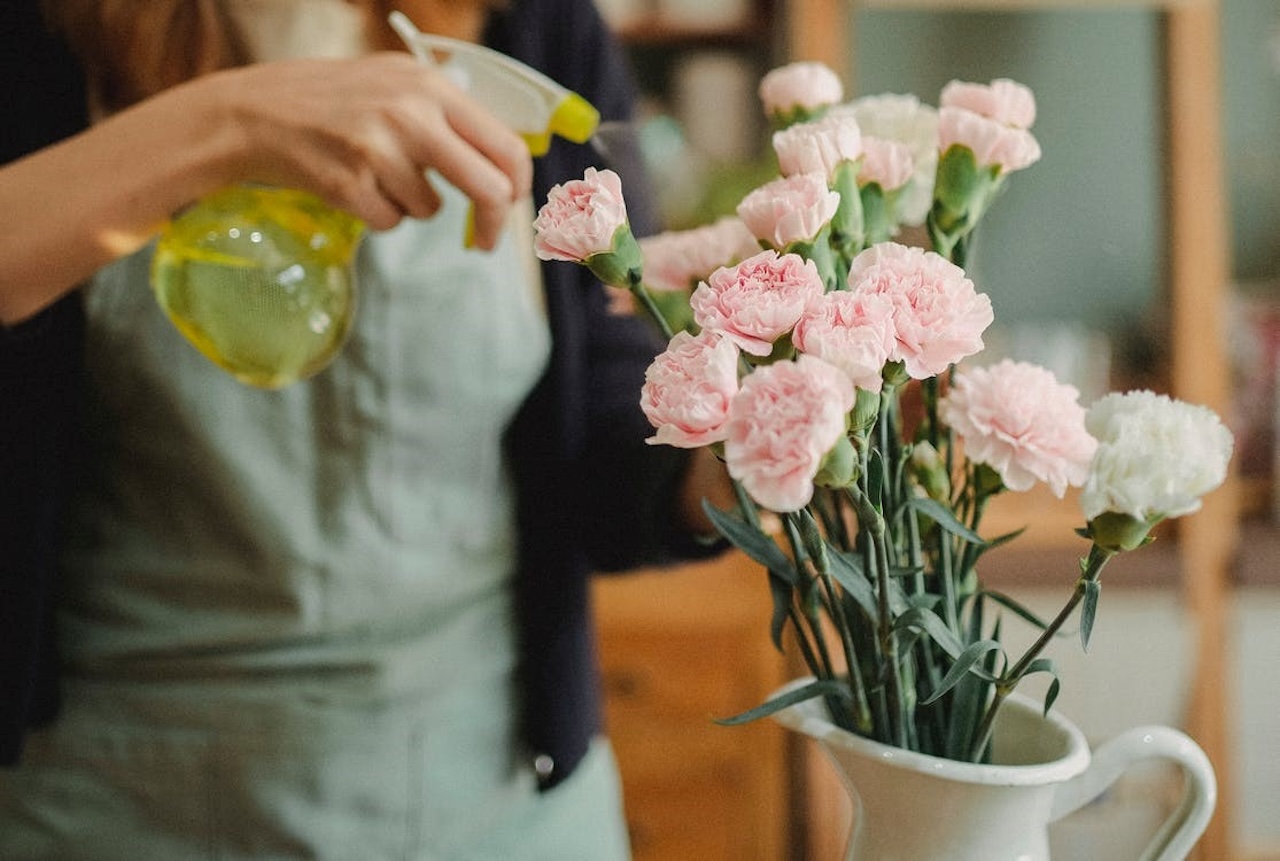

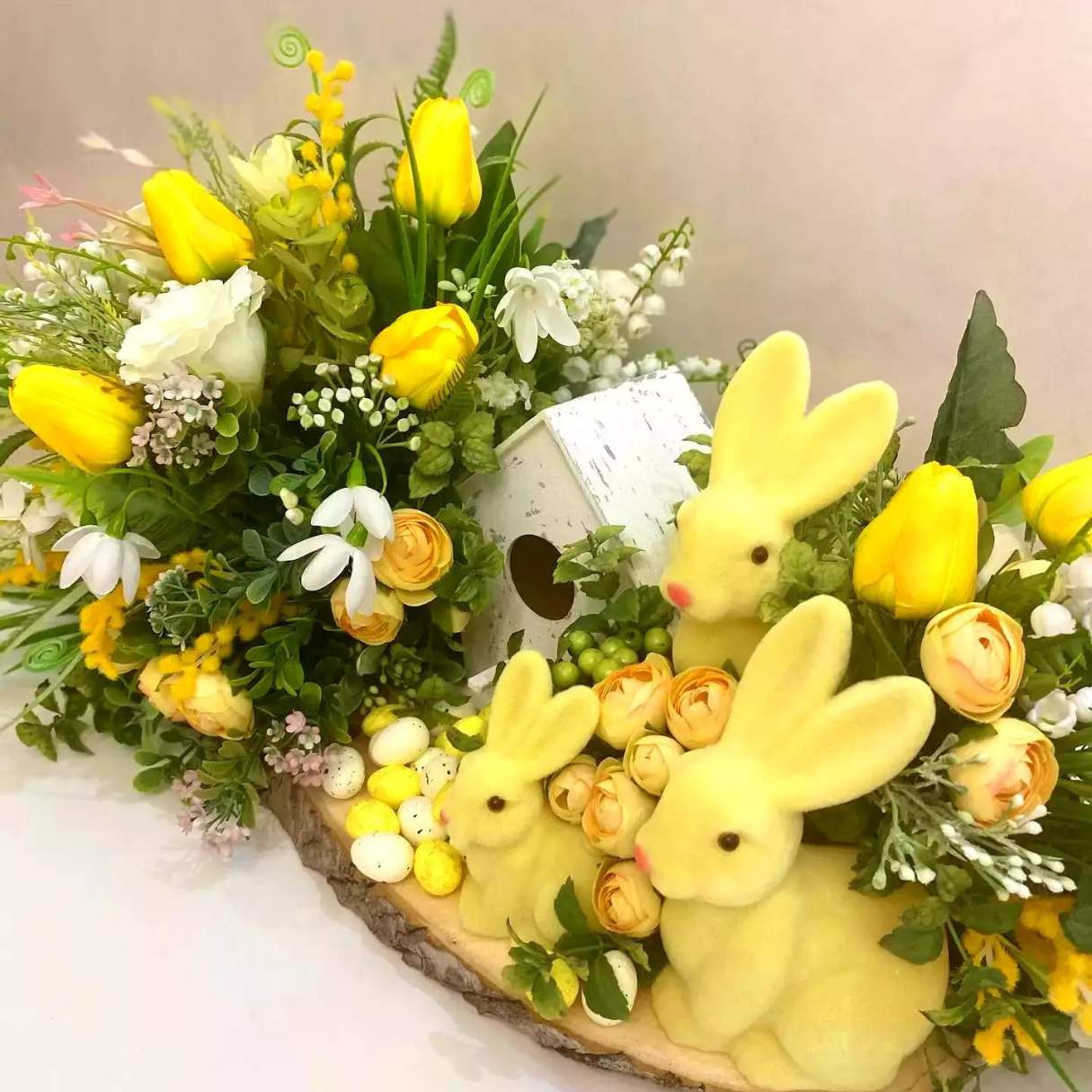
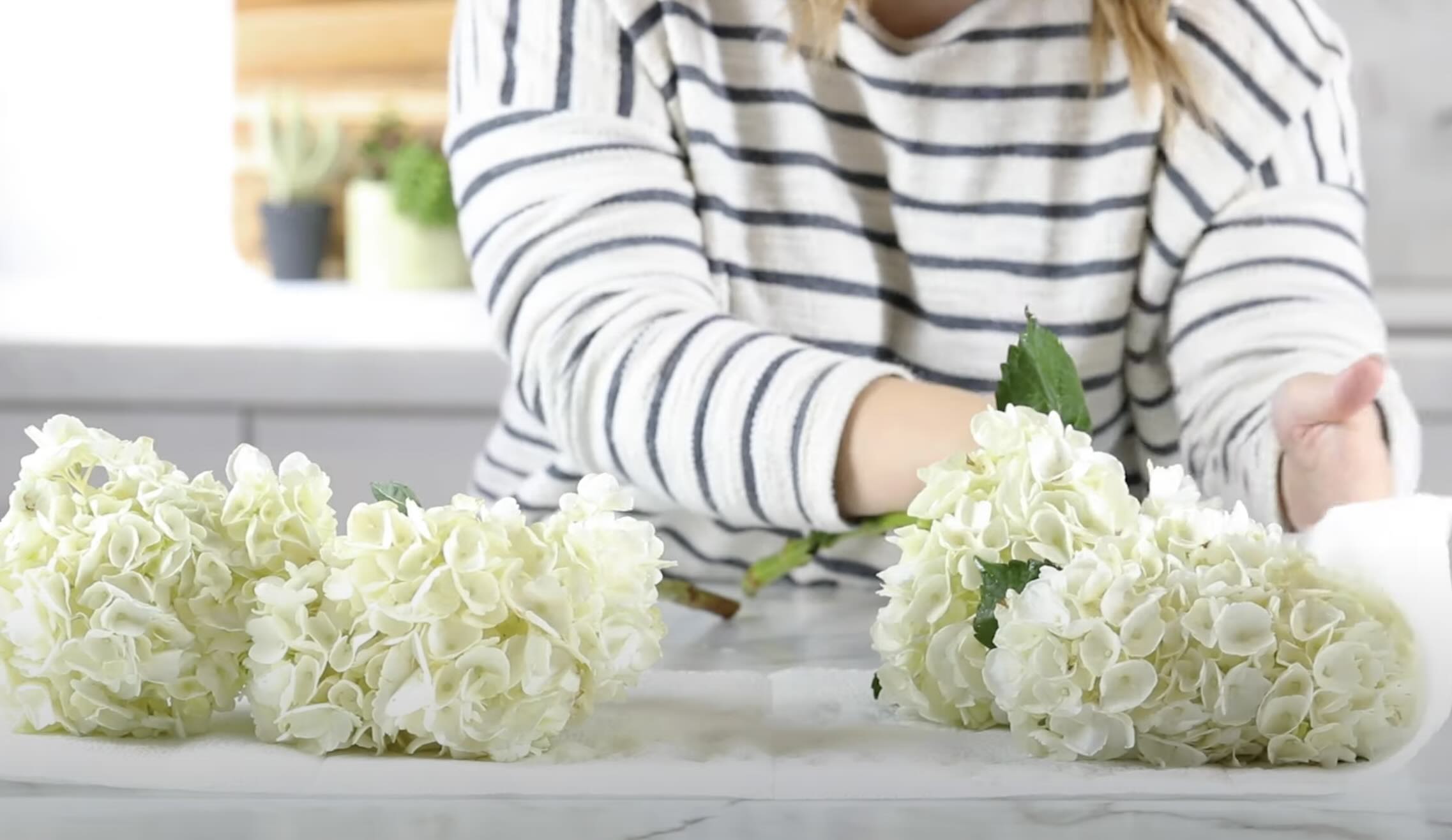
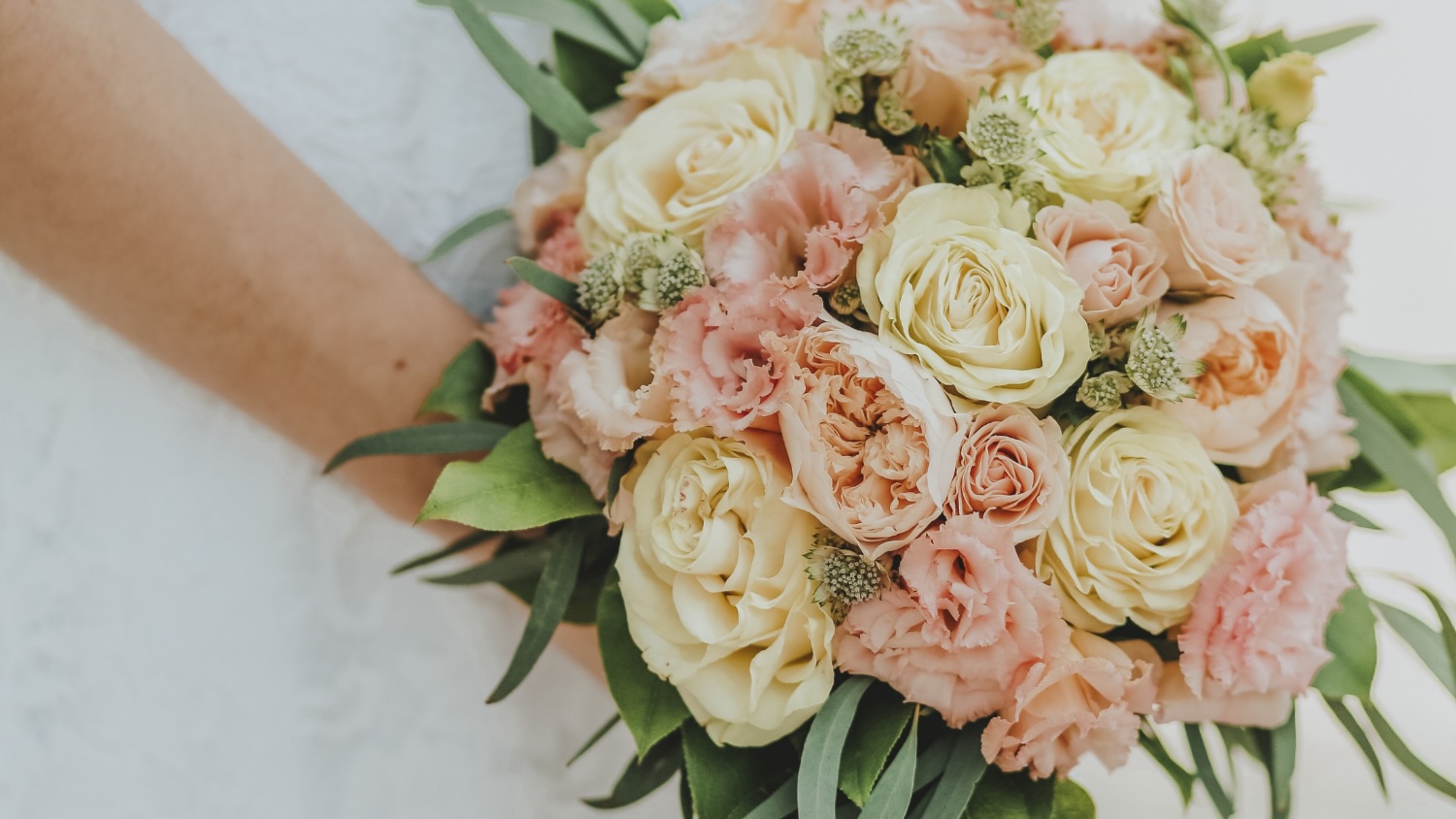
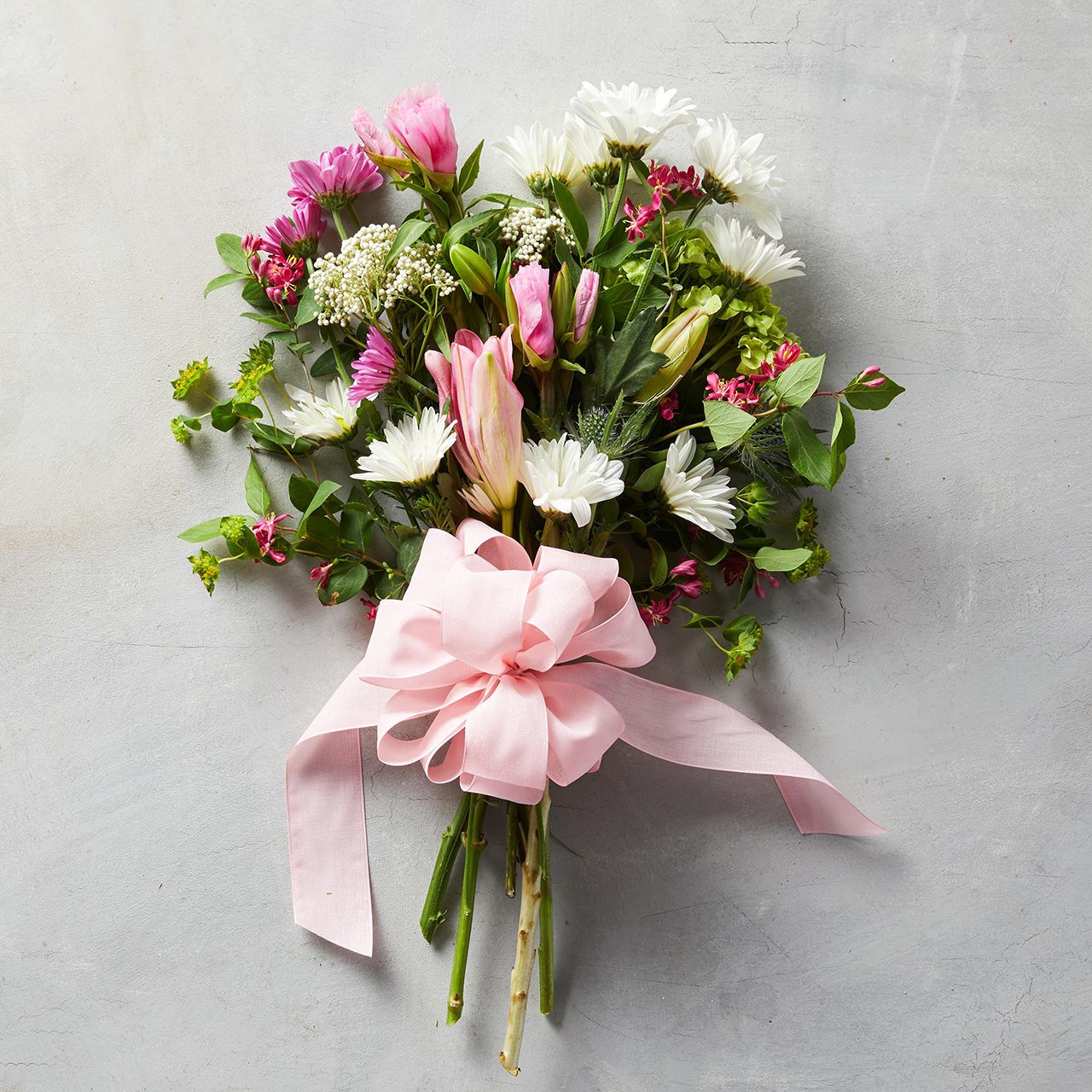
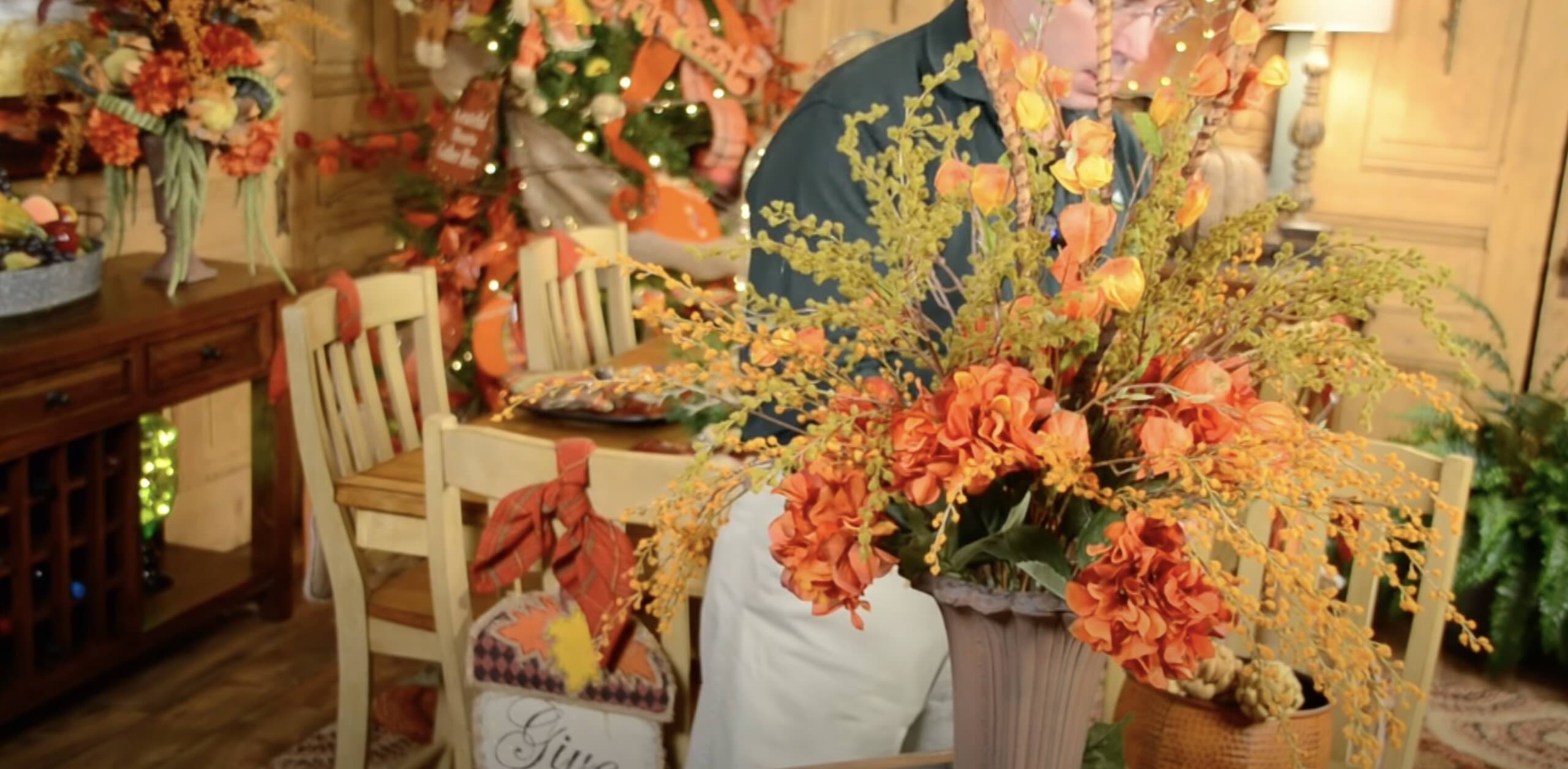

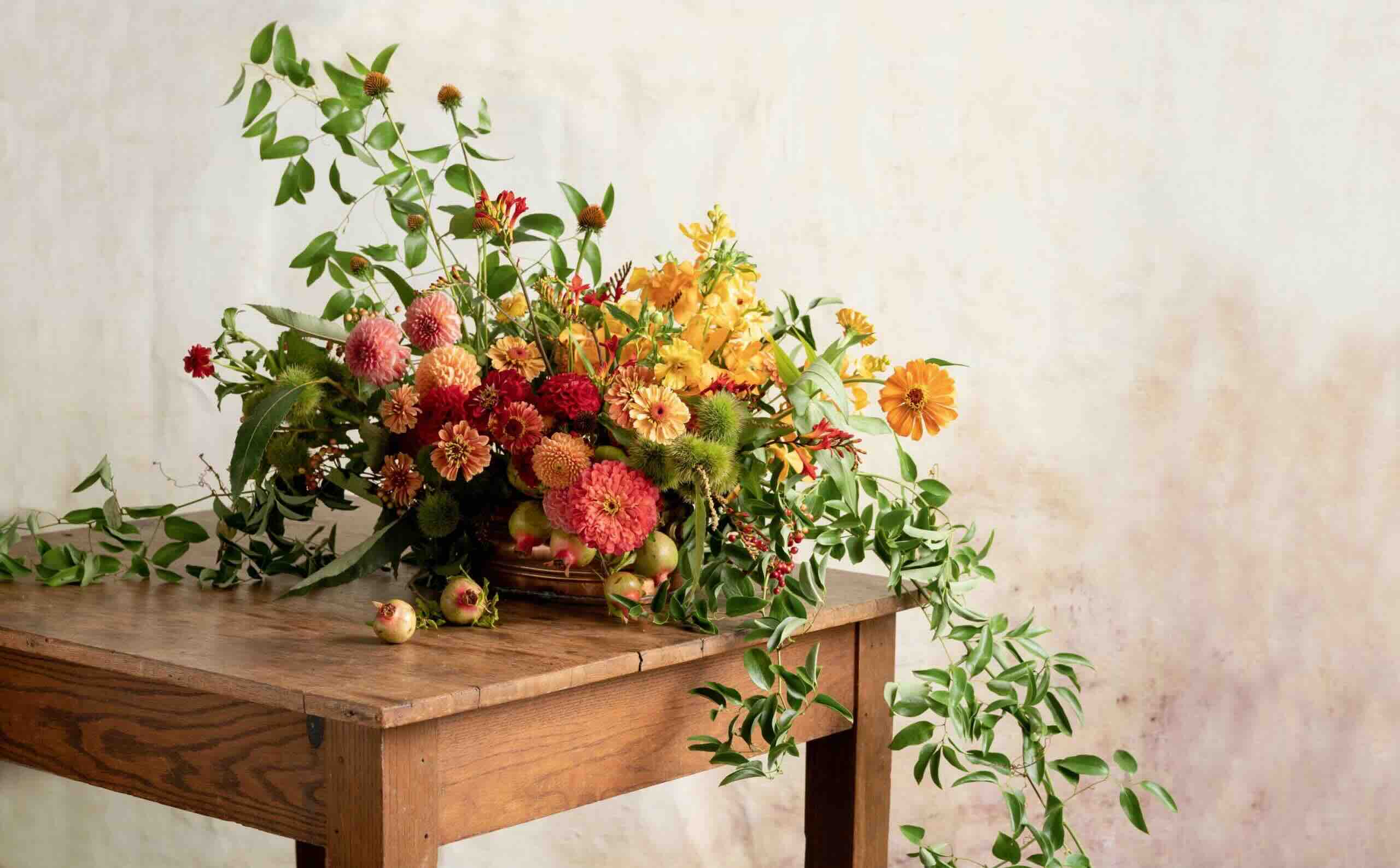
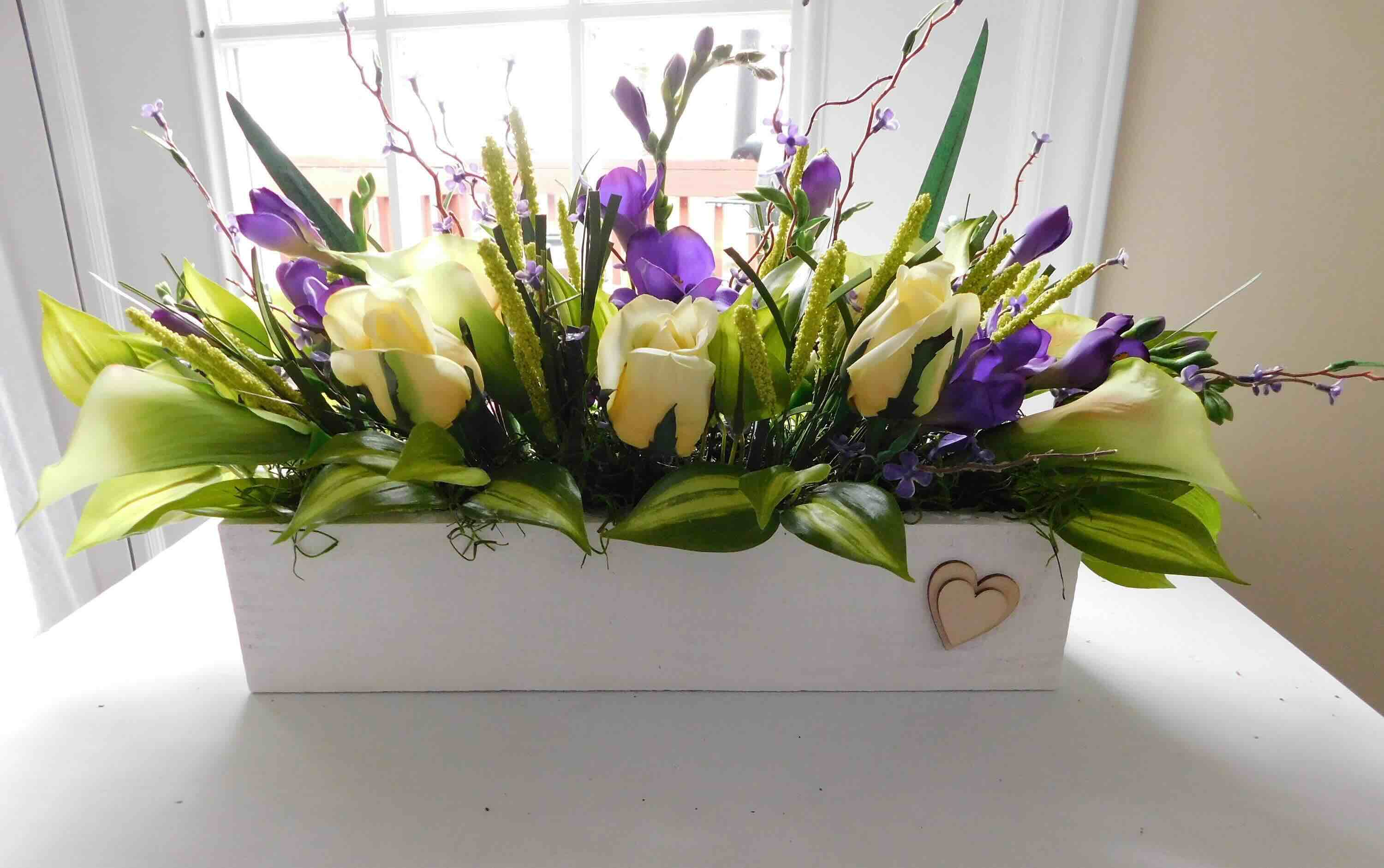
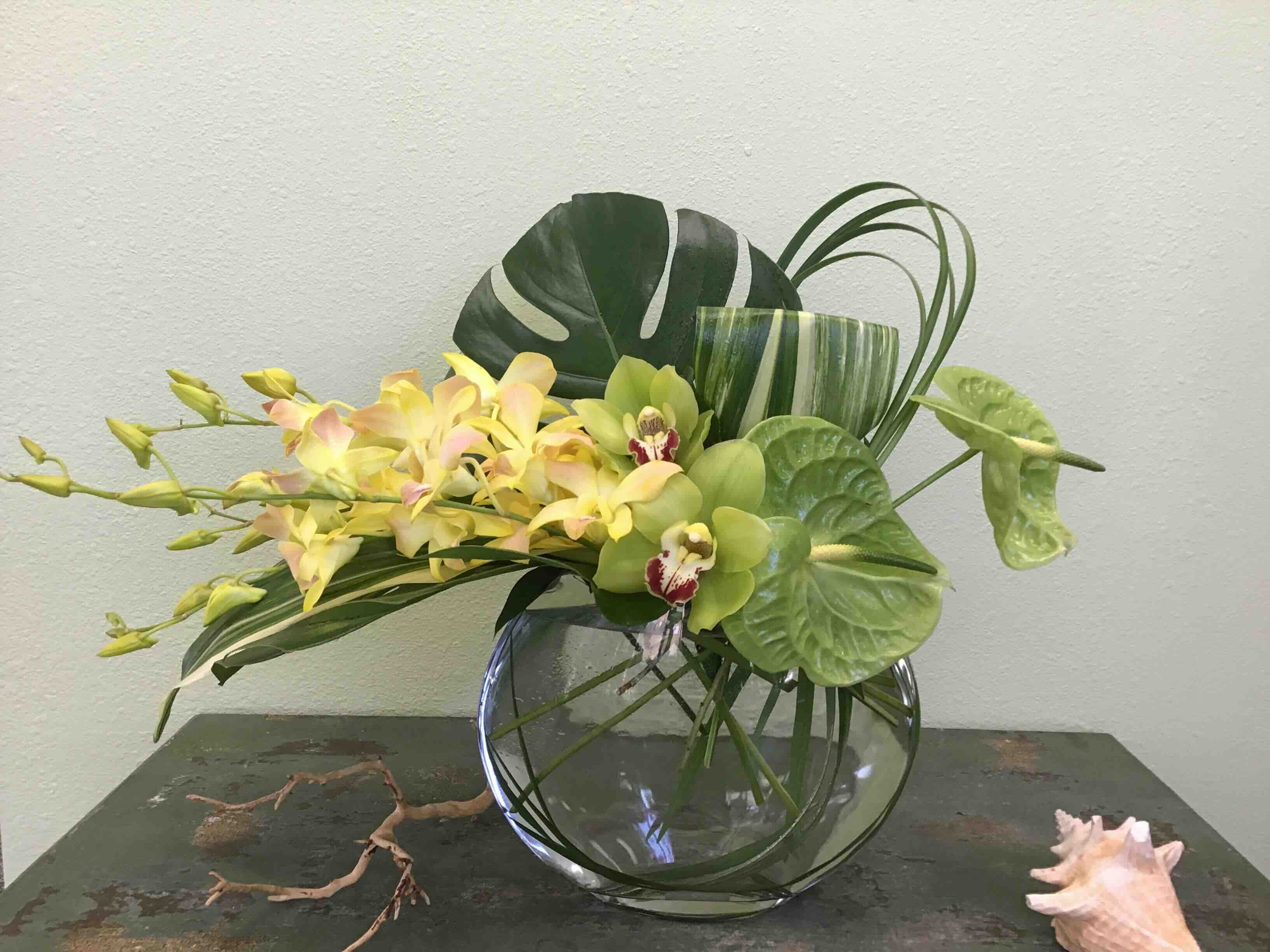
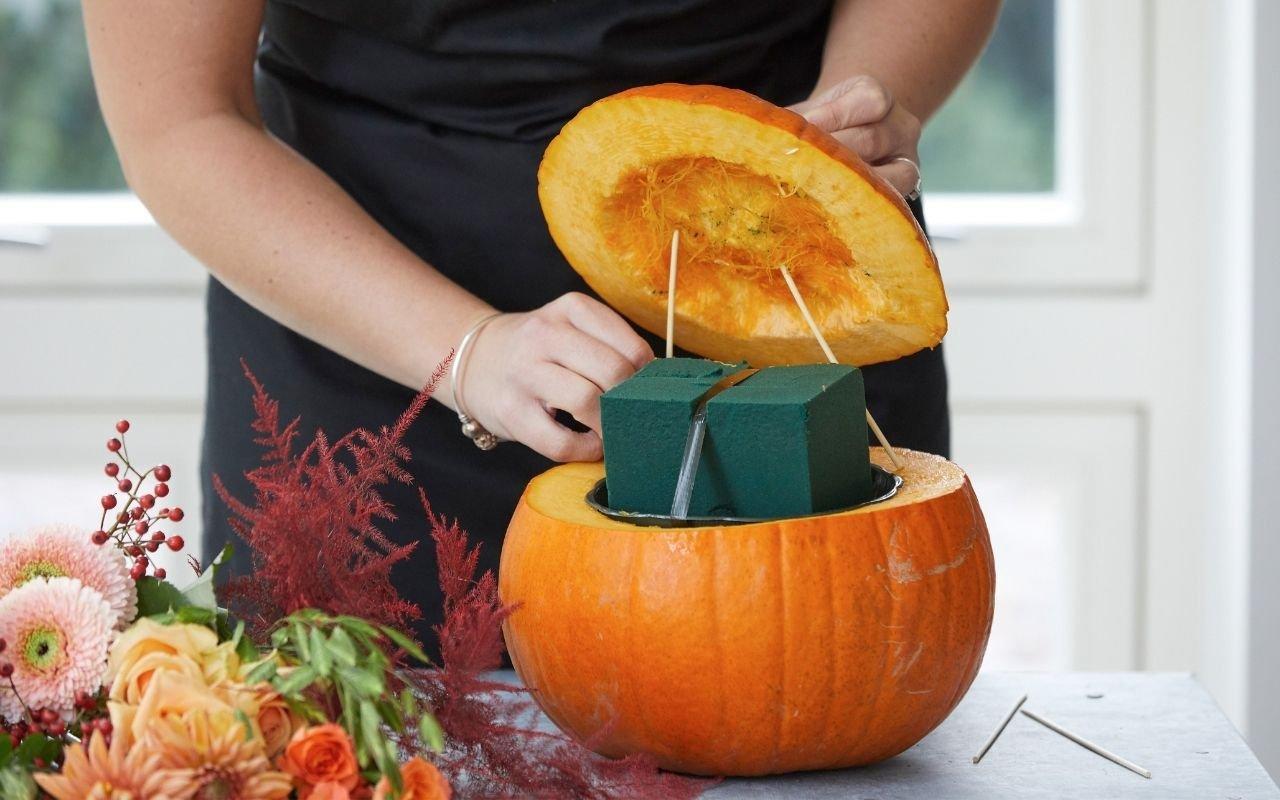

0 thoughts on “How To Ship Floral Arrangements”